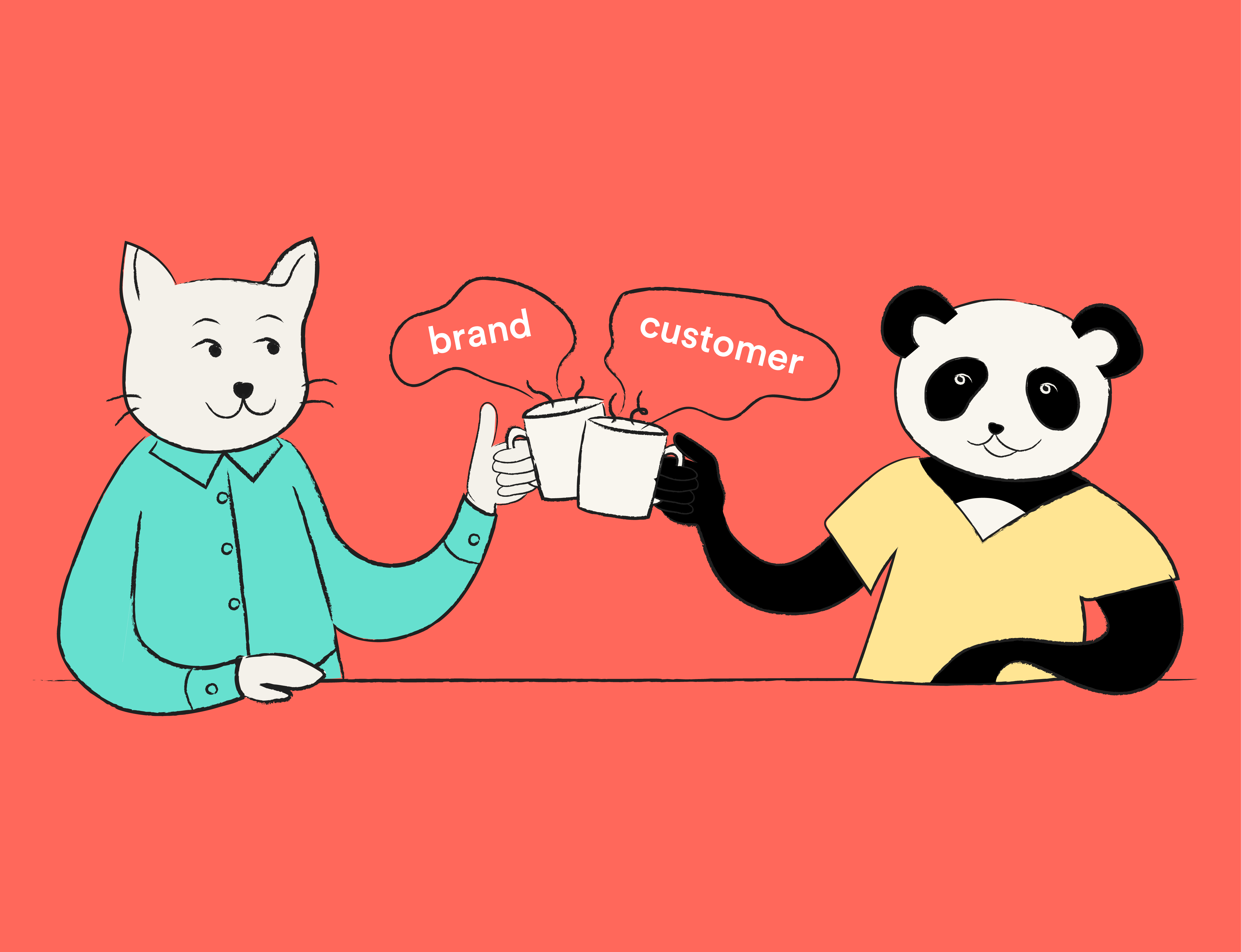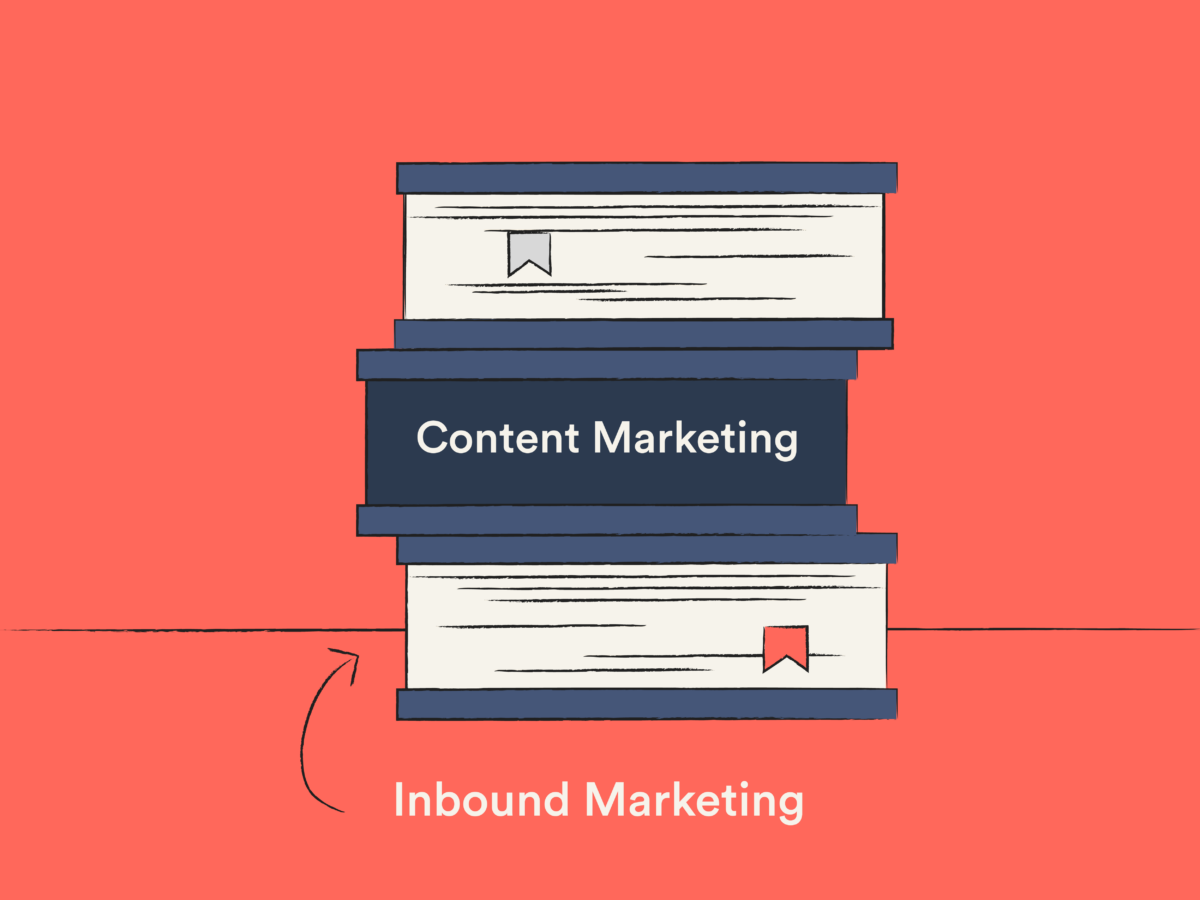So, you’ve just launched your new business and have maximized all marketing efforts to get your brand name out in front of your target demographic. But how exactly do you measure the success rate of your costly and time-consuming marketing campaign?
Key performance indicators (KPIs) are benchmarks used to assess how effectively a company achieves its key business objectives. Come with us as we take a look at the many different brand awareness metrics that can gauge the success of your digital marketing campaign.
Choosing the right brand awareness metric for your business
When selecting a brand awareness metric for your business, it is important to consider its overall suitability by assessing the following criteria:
-
- Determine your brand objectives: Clearly define your brand’s goals and what you want to achieve with your marketing efforts. Are you looking to increase brand recognition, expand your reach, or improve brand perception? Aligning KPIs with your brand objectives allows you to measure what truly matters to your business.
- Identify your target audience: Understand your target audience and their preferences, behaviors, and interests. This knowledge will help you select the metrics that reflect your audience’s social channels and engagement patterns.
- Keep it focused: While measuring numerous aspects of your business may be tempting, it’s more effective to focus on a select few key metrics. Having too many KPIs can lead to an information overload and dilute your focus. Instead, we recommend choosing a manageable number that will provide meaningful insights.
- Ensure measurability: Select a quantifiable KPI that provides clear and objective data that can be tracked over time. Avoid subjective or ambiguous metrics that can be difficult to interpret or assess.
- Determine relevance: Gauge the relevance of each potential KPI to your business objectives. Consider if the metric directly reflects progress toward your goals and whether it provides actionable insights to achieve them.
- Industry goals: Evaluate your competition to uncover the metrics used to measure success in your industry. This also allows you to compare your results to your rivals’ and understand your positioning in the competitive landscape.
- Brand presence: Select metrics that focus on the channels where you promote your brand and engage with your customers the most.
4 key metrics to measure brand awareness
We have crafted a definitive list of the best brand awareness metrics guaranteed to help you measure the success of your marketing strategy. Let’s take a look!
1. Click-through rate (CTR)
The CTR is an incredibly important and effective brand awareness KPI, as it:
- Measures the level of engagement and interest your target audience has in your content
- Evaluates the real-time performance of your advertising and brand awareness campaigns
- Directly affects your Quality Score in Google Ads and other platforms; this means your advert will rank higher on search engine result pages (SERP) and cost less per click
- Enables business owners to optimize their marketing efforts by testing different variations

While this figure can often be found within the ‘insights’ tab of many analytics tools, such as Google Analytics and SEMRush, it is important to understand the formula behind this metric.
To work out your CTR, divide the number of clicks by the number of people who viewed the content, then multiply the total by one hundred to find the percentage. For instance, if we had an advert that was clicked upon 1,456 times and was seen by 4,278 people, the formula would look like this:
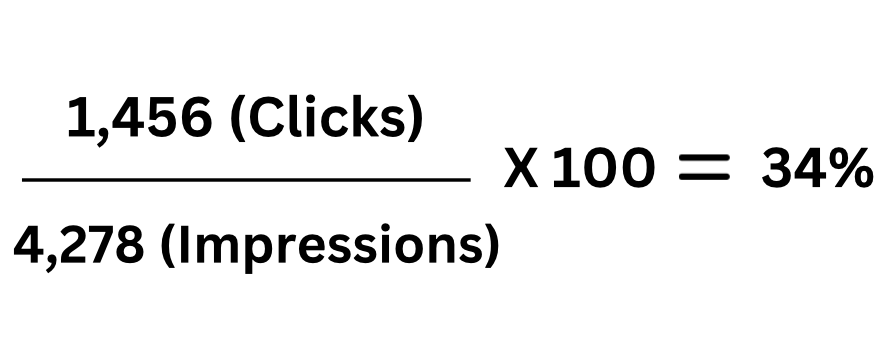
To understand whether your click-through rate can be deemed ‘good’ depends on various factors, including:
- Type of content and campaign
- Targeted keywords
- Platform advertised on
- Purpose of your content
- Your industry
On average, the CTR is 6.64% for search ads and 0.57% for display ads.
Understandably, many believe that the higher a click-through rate is, the better. However, this is a common misconception, as a high CTR can actually sometimes be damaging for business.
If an advert includes a keyword that is not crucial to your brand or will not generate conversions, then this is detrimental to your brand awareness campaign and budget. This is because you pay per click in most advertising models, meaning clicks on irrelevant terms results in a lower return on investment.
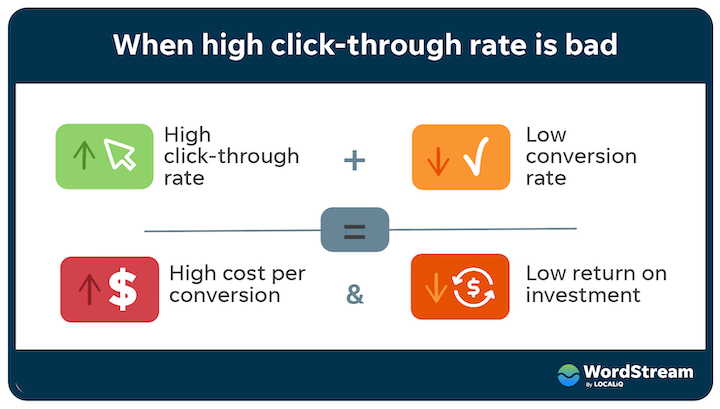
Here are a few examples of KPI statements you could use that involve the click-through rate:
- Channel-specific: “Maintain or exceed our current click-through rate from the last fiscal year on our primary social media platforms, including Twitter, Instagram, and Facebook.”
- Demographic: “Increase our CTR by 2% among our established key demographic: women between 25 and 40.”
- Keywords: “Continue to grow our click-through rate within our advertising campaigns focusing on our brand keywords, such as fashion, clothing, and women.”
- Devices: “Improve our click-through rate by at least 1% on both mobile and tablet devices by focusing on user experience.”
2. Brand recall
Brand recall is another important metric to examine when analyzing the success of content marketing strategies, as it can:
- Indicate how many consumers can recall your brand from memory
- Show the overall level of awareness consumers have about a brand
- Gauge the effectiveness of a marketing campaign
- Indicate that the brand stands out amongst the competition within the industry
- Demonstrate the likelihood of customer loyalty and word-of-mouth recommendations
To find brand recall data, business owners must conduct brand awareness surveys with consumers. These come in two forms:
- Aided: Consumers are often presented with a prompt, such as a list of brands or logos.
- Unaided: This type of survey is when a consumer can recollect a brand without prompts.
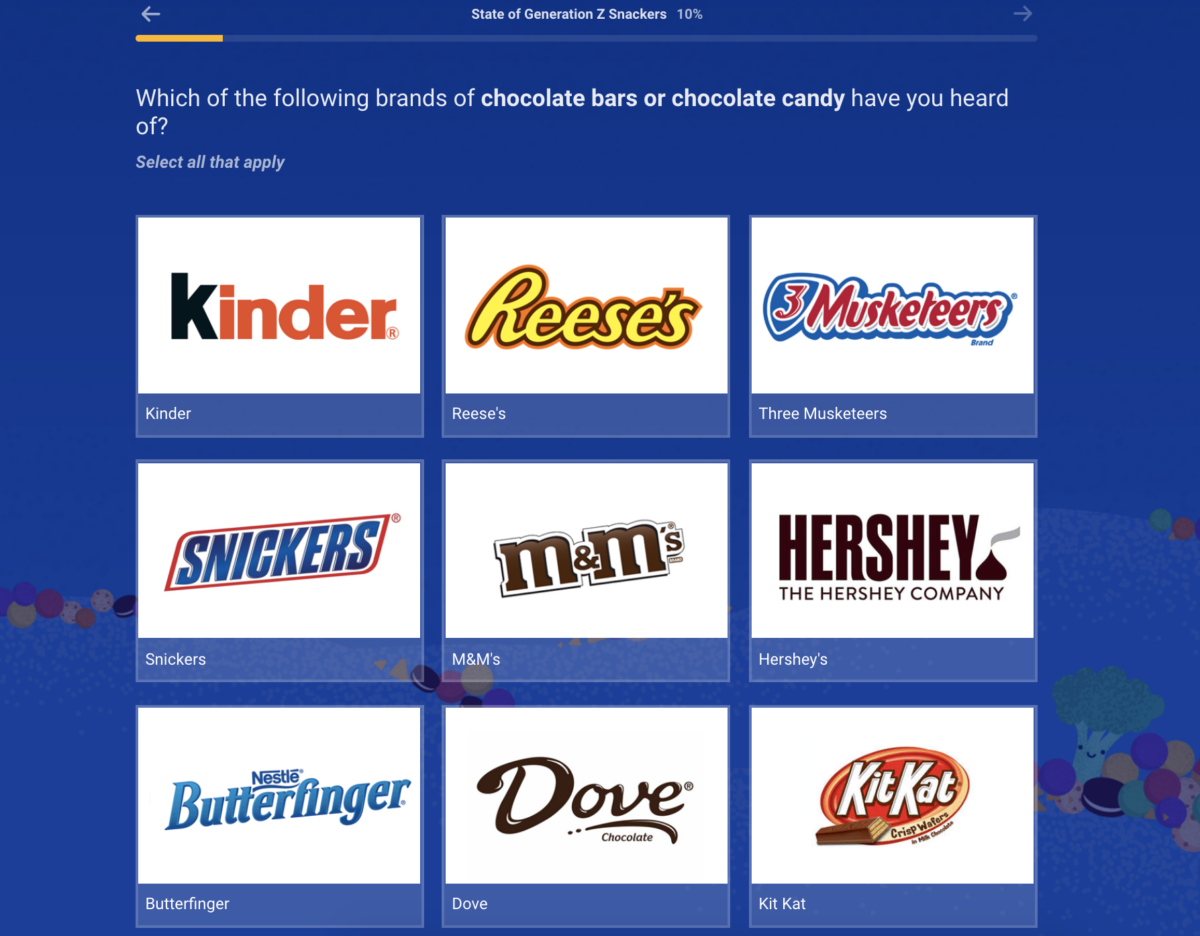
To explore the differences between these two types of surveys, check out the template questions below.
Aided:
What fast food chains do you recognize from this list? Select all that apply.
- Jollibee
- Wingstop
- Popeyes
- Thai Express
- Carl’s Jr
- Panda Express
- Chick-fil-A
- None of the above
Unaided:
When you think about up-and-coming fast-food restaurants, what chains come to mind first? List up to five.
Once we have the results from the survey, we simply divide the number of times the number of survey respondents mentioned your brand and then times this figure by one hundred.
For instance, if we surveyed 1,073 and only 213 respondents referenced our brand, the calculation would look like this:

To see it in action, check out four different types of brand recall KPI statements that could help monitor your success:
- Unaided: “Increase the amount of unaided brand awareness by 10% in the next customer survey.”
- Aided: “Maintain our current level of aided brand awareness amongst our key demographics.”
- Brand Recognition: “In the next customer survey, more than 40% of consumers recognize our brand when exposed to its visual elements, such as the logo, packaging, or other brand identifiers.”
- Brand association: “Increase how many consumers associate our brand with key words such as ‘eco-friendly,’ ‘charitable’, and ‘organic’.”
3. Share of voice (SOV)
Share of voice is an often overlooked metric that can shed light on valuable insights about your brand awareness strategy. It can:
- Highlight the visibility of your brand in advertising, web traffic for specific keywords, and social media platforms
- Allow business owners to compare their performance with their competitors
- Demonstrate how effective brand awareness campaigns have been
- Identify gaps in the market that can be exploited
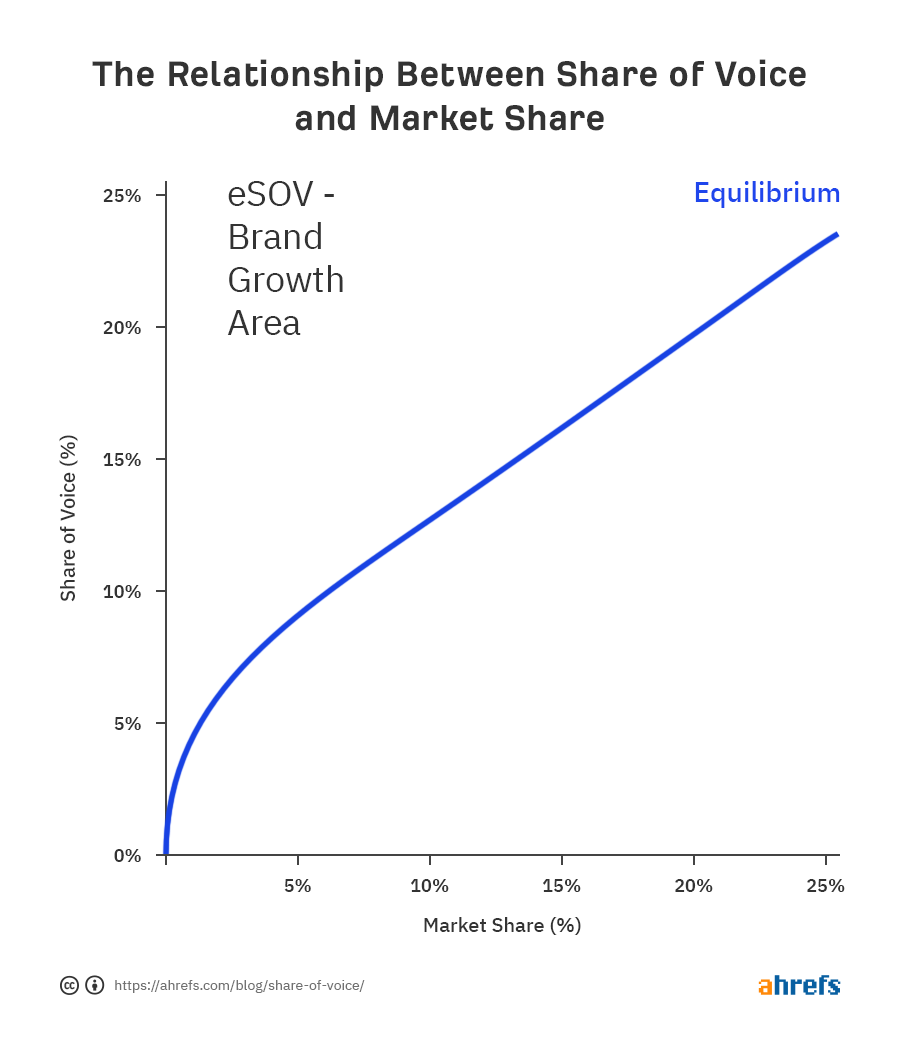
In modern times, the share of voice metric has been incredibly beneficial when analyzing the impact of a brand on social channels.
To calculate this metric, we will need to identify how many social media mentions we have on a particular platform and then divide this number by the mentions of our competitors. To find the percentage, simply times this final figure by one hundred.

To find out the number of mentions of your brand, we recommend using social listening tools, such as:
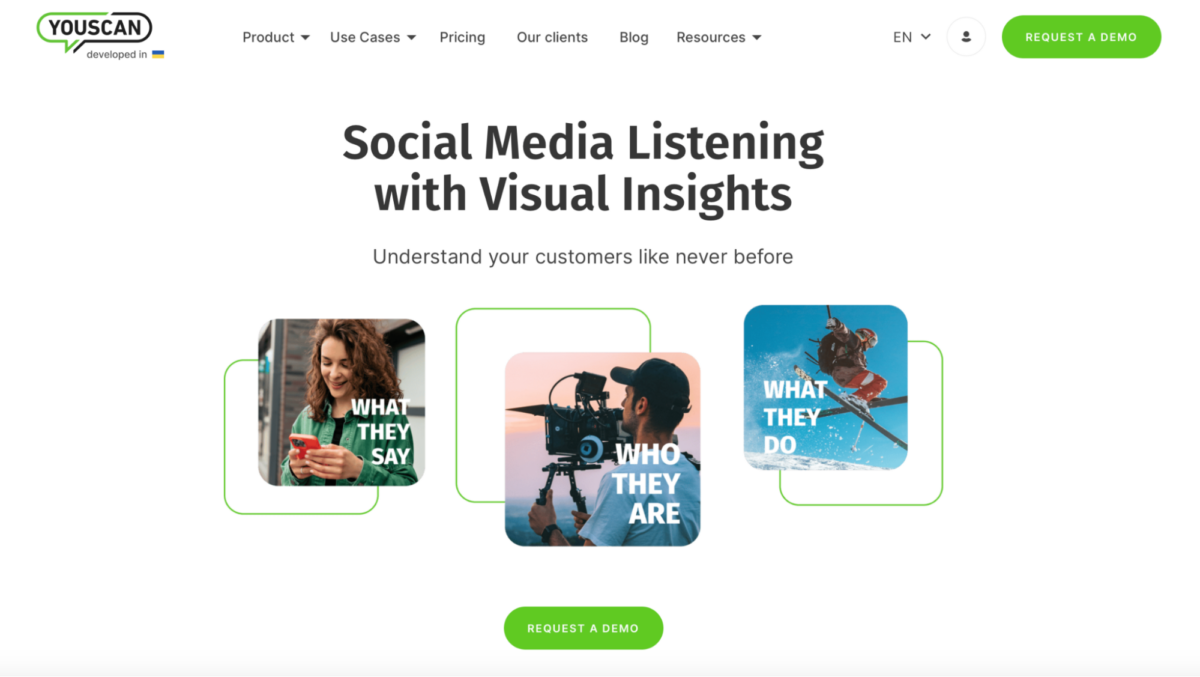
These remarkable tools scour the internet for mentions of user-defined keywords, such as:
- The name of your brand or a competitor
- Your latest product or service
- Relevant hashtags
- Important figureheads of the company
- Terms that refer to your industry
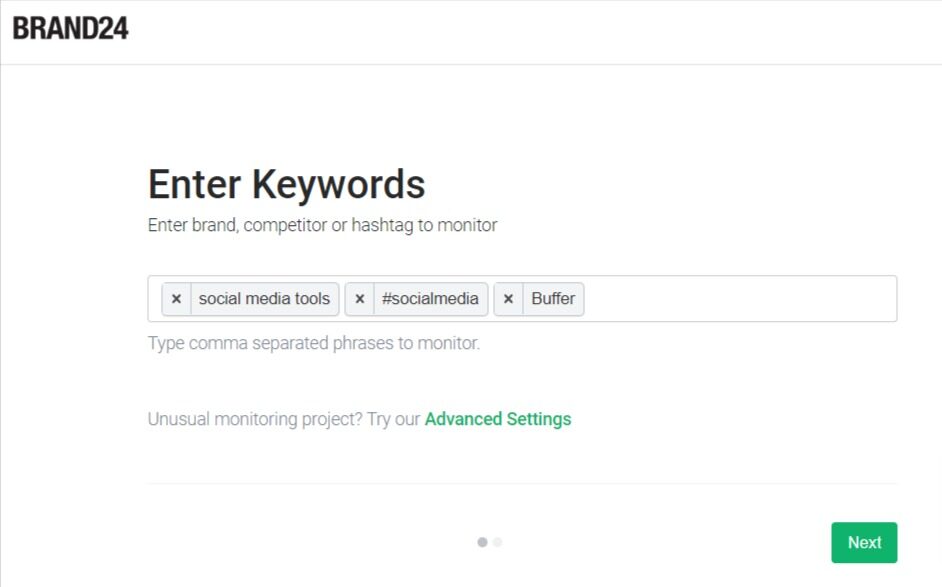
Most social listening tools allow users access to other settings, including:
- Exclude: Tell the tool not to collect mentions featuring any of these defined keywords
- Language: Select a language that the software looks for mentions across the web in
- Source: Identify a specific website or social media platform to monitor for mentions

Here are a few examples of KPI goals that focus on the share of voice metric:
- Social media mentions: “Have more brand mentions on Twitter, TikTok, and Facebook than at least three of our main competitors.”
- Search engine: “Increase the number of organic search impressions so that our brand is the most visible on SERPs.”
- Media share: “Increase our share of voice in printed media by 4% to challenge our rivals in the industry.”
- Website traffic: “Improve our share of website traffic amongst our competitors by the end of the fiscal year.”
4. Bounce rate
The bounce rate is an incredibly important metric to monitor as it reveals crucial insights, such as:
- The percentage of visitors who land on a webpage and leave without interacting further with the site
- Numerous issues including unengaging content, poor user experience, slow loading times, or a lackluster interface
- A high bounce rate, which could be a key factor as to why a website receives a low conversion rate
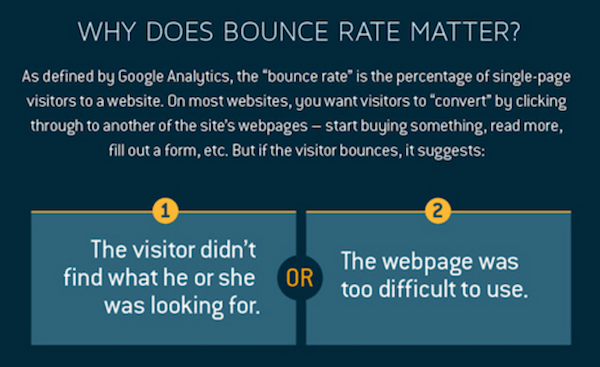
The general formula to calculate the bounce rate is to divide the total of single-page sessions by the total of overall visitors. To reveal the percentage, it is necessary to multiply this final figure by one hundred.

In terms of a bounce rate, a single-page session is defined as:
- If the user types a new URL in the search bar
- The session times out due to inactivity
- If the visitor clicks on a link to another website
- The users hit the back button to leave your website
- If the current visitor closes down the current window
It is obviously important to understand what makes a good bounce rate. As a rule of thumb, a percentage below 40% is considered satisfactory, while anything over 55% signifies that improvements may be needed.
It is important to note that numerous factors can affect the bounce rate, including:
- Device: The type of device used to view your content can drastically affect the percentage, with mobile devices having the highest recorded bounce rate (51%).
- Industry: It seems that the bounce rate can often depend on your industry. For instance, real estate has a low average score of 44.5%, while food and drink websites have a much higher rate of 66.6%.
- Type of website: This factor also considerably affects the bounce rate, as e-commerce websites tend to have much lower scores than blogs and landing pages.
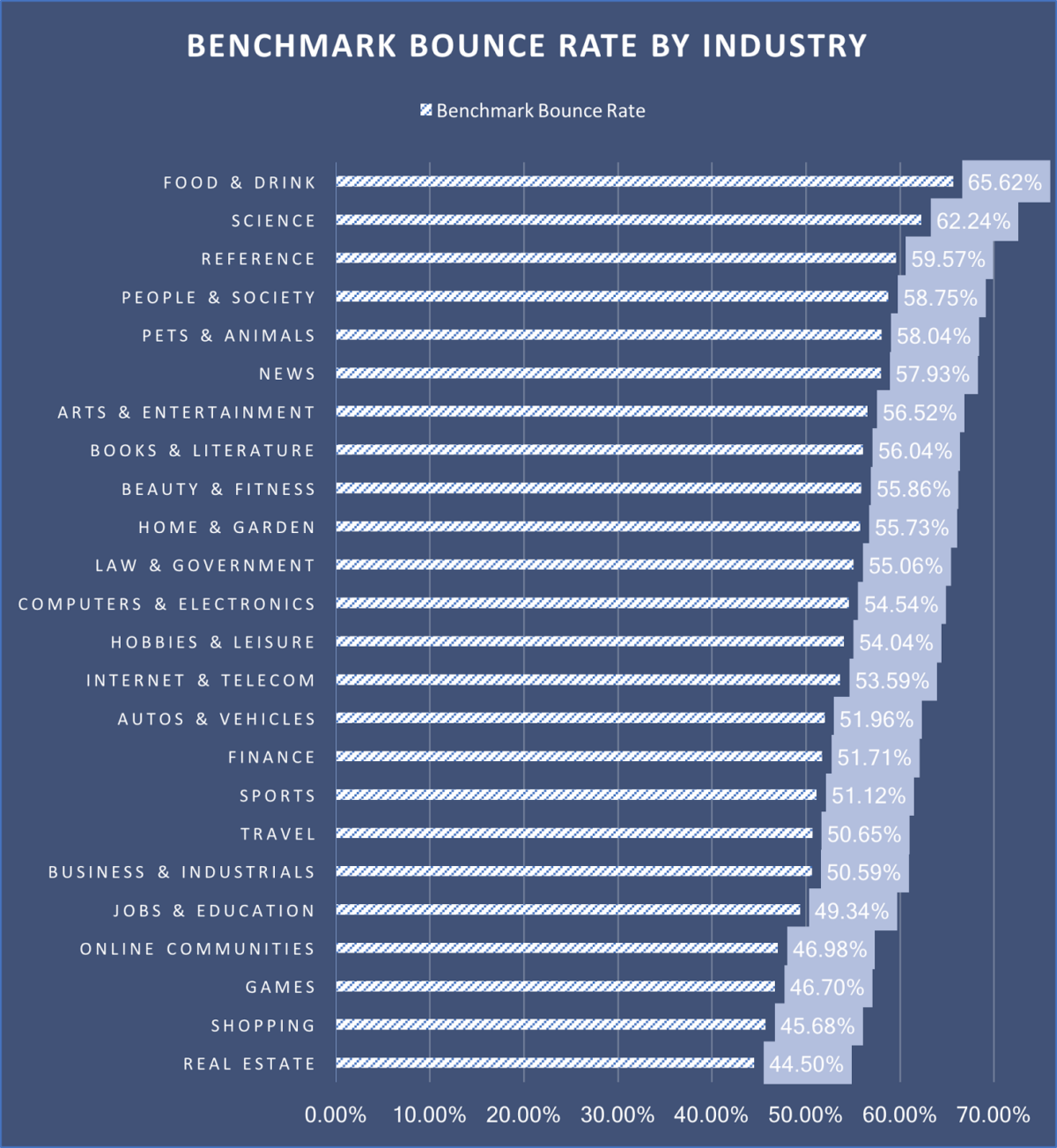
Below are a few select examples of KPIs that reference bounce rates to measure the success of your marketing efforts.
- Average time on page: “Increase the average time spent on our website by at least seventy seconds before the visitor exits our page.”
- Traffic source: “Improve the bounce rate of website traffic coming from search engines.”
- Type of page: “Decrease the bounce rate on our most successful blog posts by at least 3%.”
- Device: “Improve the bounce rate amongst mobile and tablet website users by at least 7%.”
8 other important metrics to monitor for brand awareness
While we have taken an in-depth look into four different metrics, it is important to examine the many other data points that can be used as the foundation for brand awareness KPIs.
- Social media engagement: There are numerous metrics from these channels, which include likes, retweets, social shares, comments, hashtags, mentions, reviews, and social media followers.
- Direct traffic: The number of visits to a website that did not come from a link from another website.
- Referral traffic: This refers to the visitors who have been directed to your website from external sources, such as search engines and backlinks.
- SERP ranking: This SEO metric references where you are positioned on a search engine result page.
- Search volume: This is how many times a specific keyword is searched for in a defined time frame.
- Branded search traffic: The number of visitors that arrive at your website by searching your brand as a keyword.
- Net promoter score (NPS): This metric monitors how many consumers would recommend your business to other individuals.
- Conversion rate: This indicates how many customers are taking a desired action that benefits the business.

Measured for success
Now that we have discussed a multitude of metrics, it’s time for you to incorporate them into relevant KPIs for your business to measure its brand awareness.
To do this, we recommend gathering your team and having an open discussion about what brand awareness goals you wish to achieve in this fiscal year. Next, consider what metrics could be implemented to measure the success of these KPIs.
Once you have set these targets, it is time to start revamping and reinvigorating your marketing efforts to meet these ambitions. Good luck!



